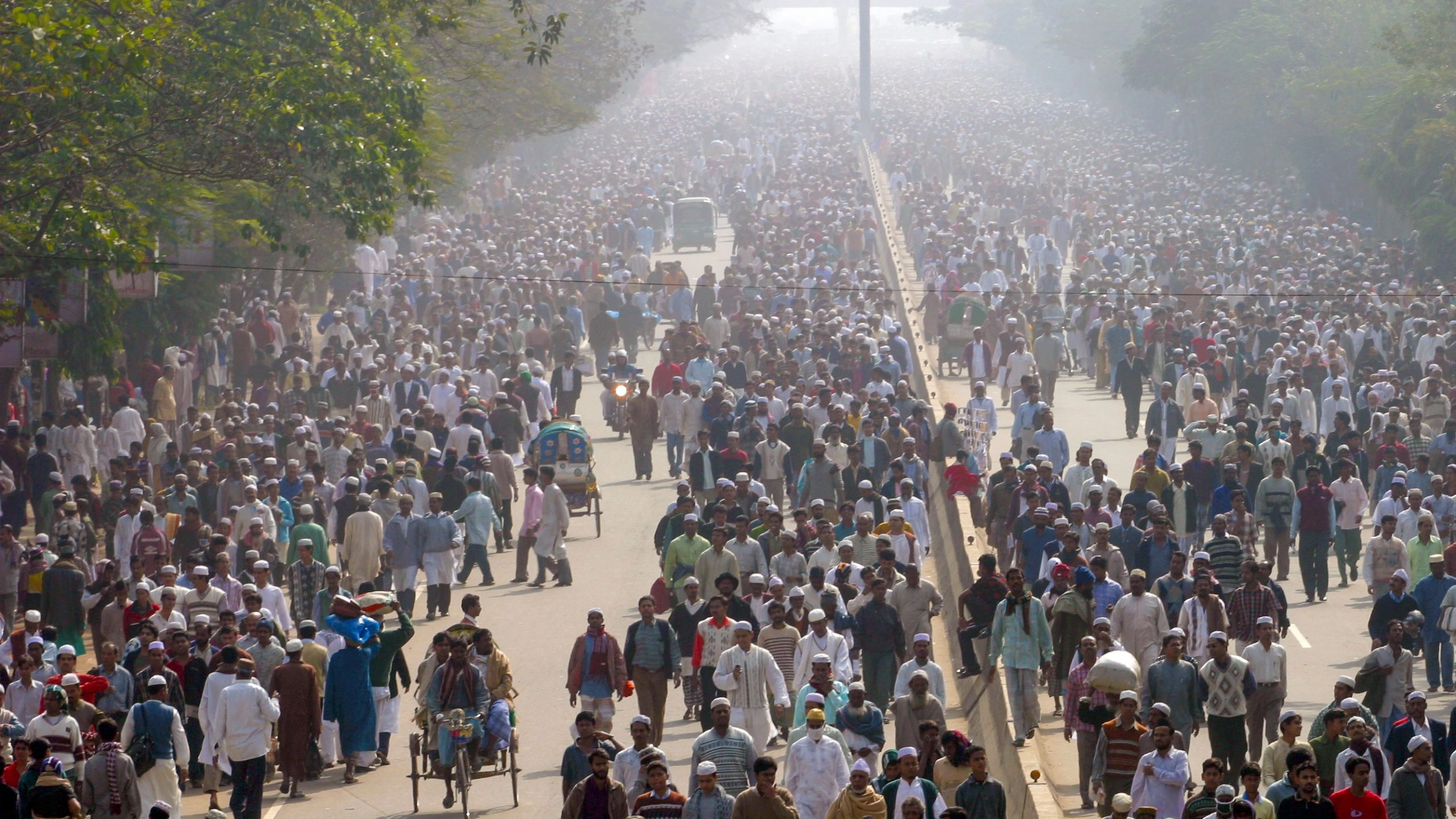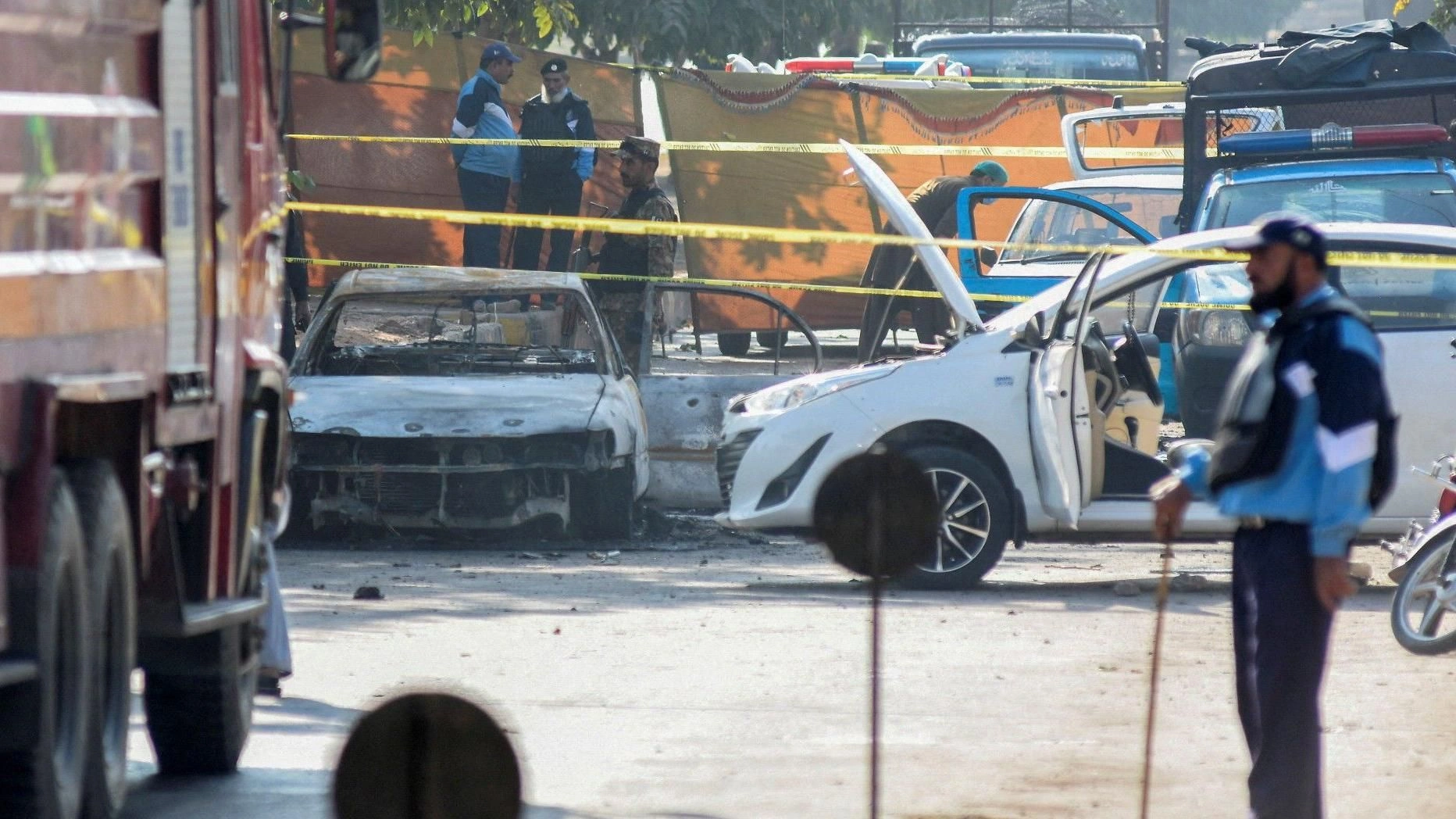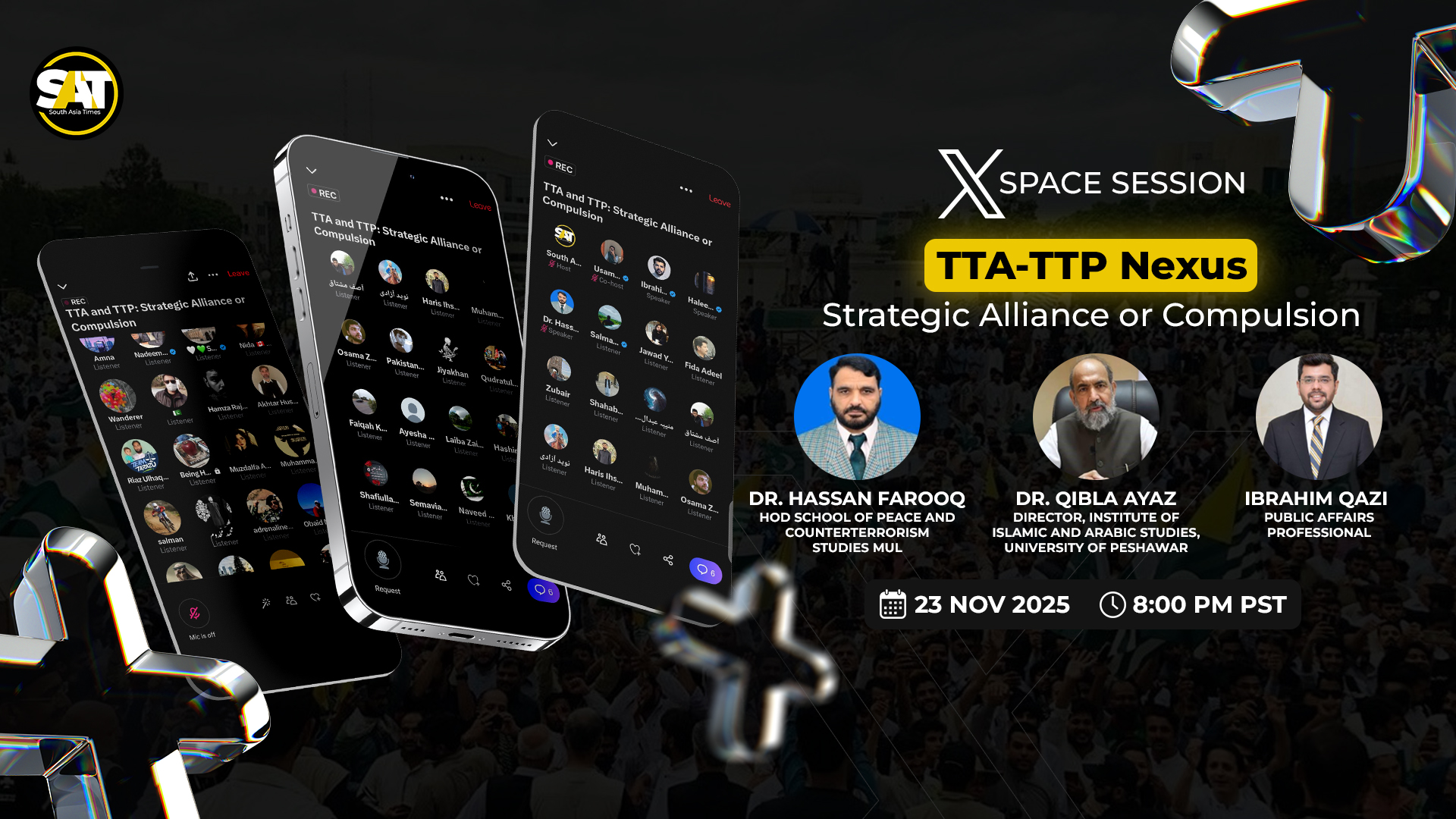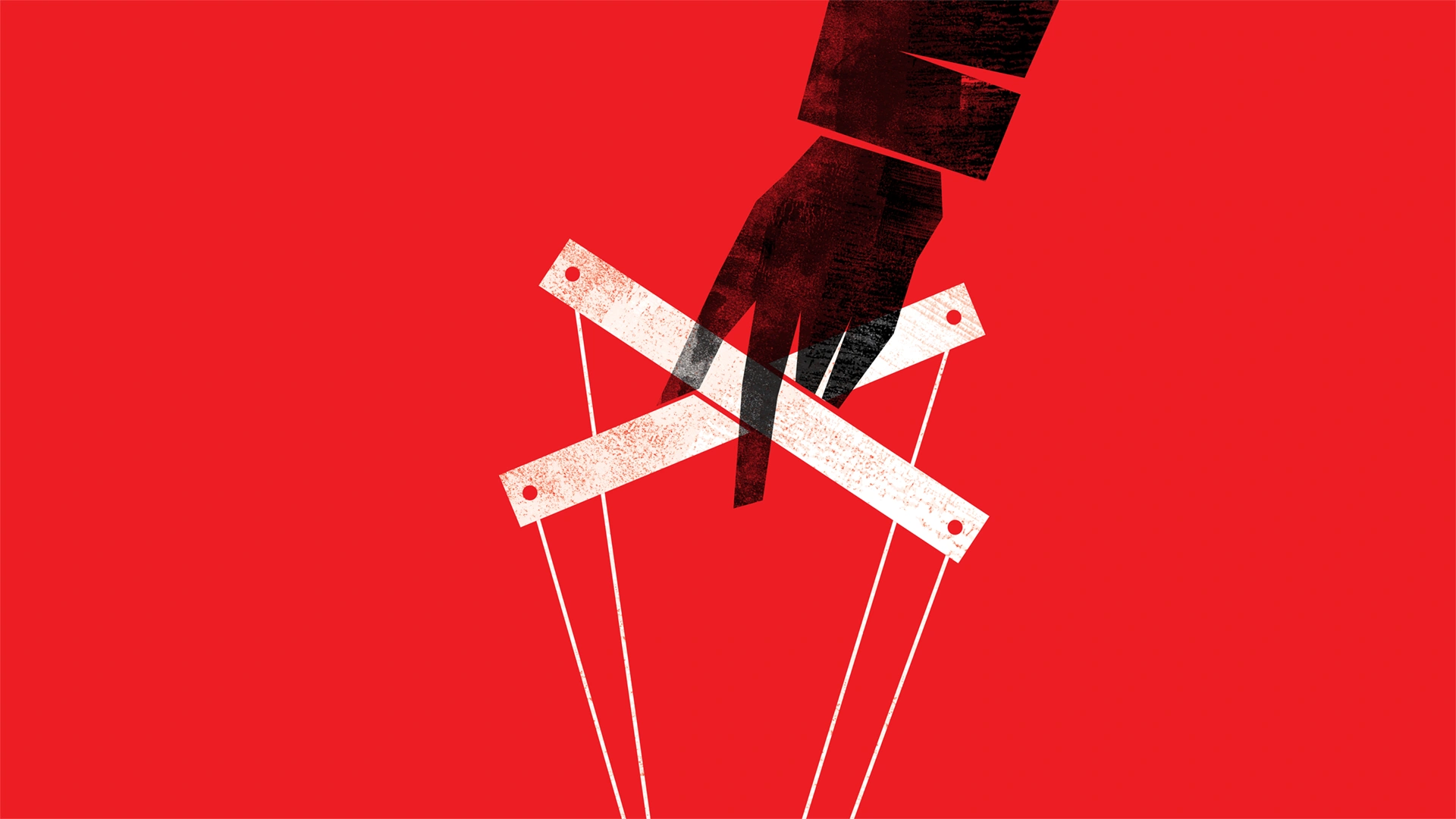South Asia presents a fascinating paradox to the observer of political development. It is a region of immense cultural depth, resilient social bonds, and enduring traditions. Yet, when one looks at the machinery of the state, the institutions designed to collect taxes, enforce the law, and deliver services, one often finds dysfunction, corruption, or outright absence. From the mountains of the Hindu Kush to the plains of Bihar, there exists a profound disconnect between the vibrancy of society and the frailty of the state.
This dysfunction is not merely a result of bad policy or corrupt leaders. It is structural. It stems from a fundamental reality: in South Asia, society is strong, and because society is strong, the state is weak.
To understand this, we must redefine what we mean by strength. A strong society in this context does not refer to civil society NGOs or debating clubs. It refers to the deep, informal organizations that actually govern people’s lives—tribes, clans, biradaris (kinship networks), castes, and religious orders. These groups make the rules. They determine who you marry, how you resolve disputes, and who you vote for. Conversely, a weak state is one that cannot penetrate this thick layer of social armor. It cannot regulate social relations or extract resources effectively because it is not the supreme authority in the land. It is merely one competitor in a crowded arena of power.
The central tragedy of South Asian governance is that the modern state did not evolve organically from these societies. It was often superimposed, first by colonial powers and later by post-colonial elites, over deeply entrenched social networks. These networks have not withered away with modernity. Instead, they have learned to capture, resist, or negotiate with the state, creating the governance crises we see today in Afghanistan, Pakistan, and India.
At its heart, politics is a struggle for social control. It is a battle over who has the right to make the rules that govern daily behavior. In a developed Western democracy, the state holds a near-monopoly on this right. If the state passes a law, citizens generally obey it, not just out of fear, but out of a sense of legitimacy.
In South Asia, the state enjoys no such monopoly. It must contend with “strongmen”—landlords in rural Sindh, tribal chiefs in Kandahar, or caste leaders in Bihar, who view the centralization of state power as a direct existential threat. For a tribal chief, the expansion of state police into his territory means a loss of his judicial authority. For a feudal landlord, a strong state bureaucracy means the potential enforcement of land reforms he has long resisted.
This creates a zero-sum game. Social control is a limited resource. If a caste leader commands the total loyalty of his community, dictates their voting behavior, and settles their disputes, the state effectively has zero authority over those individuals. When the periphery is strong, the center is inherently weak. The state issues directives, but they dissipate before they reach the ground, blocked by the filter of local social power.
However, there is a vital economic dimension to this resilience that is often overlooked. In the West, the state has replaced the clan because the state provides a safety net. If you are unemployed in Sweden, the state feeds you. In South Asia, the state offers no such guarantee. There is a welfare vacuum. In the absence of unemployment benefits, health insurance, or reliable pensions, the tribe or the caste is not just a cultural artifact. It is an economic necessity. It is the only social safety net available.
If a man in rural Pakistan wants employment, it is most probable that some high-ranking individual from his biradari will try to find employment for him, not a government ministry. If a family in Afghanistan faces starvation, the tribe provides. Therefore, giving loyalty to the state over the tribe is not just culturally difficult, it is economically suicidal. As long as the social group provides the welfare that the state cannot, society will remain strong, and the state will remain irrelevant to the daily survival of the citizen.
Afghanistan: The State as the Enemy
Afghanistan represents the most extreme end of this spectrum. Here, the tension between state and society is not just a competition, it is often an open war. Historically, the Afghan state has been a fragile entity in Kabul, surrounded by a periphery that is incredibly strong, armed, and self-governing.
The core conflict lies between constitutional law and the tribal code. The state attempts to impose a legal system that is often slow, corrupt, and alien. In contrast, the tribe offers justice that is swift, visible, and culturally legitimate. When the state tries to penetrate this society, whether it was King Amanullah Khan trying to modernize social customs in the 1920s or the Communist regime trying to break land ownership patterns in the 1970s, society mobilized to destroy the state.
In Afghanistan, the state is often viewed not as a provider, but as a predator. It extracts taxes and conscripts soldiers but gives little in return. Because the social structures are so robust and self-sufficient for justice and defense, they do not need the state. The tragedy of the last twenty years of republic-building was the failure to recognize this. Billions were spent trying to build a centralized bureaucracy in a society that is fundamentally decentralized. The state failed because it tried to bypass or destroy these strong societal structures rather than integrating them. In the end, the strong society swallowed the weak state whole.
Pakistan: The Politics of Patronage
Pakistan offers a hybrid scenario. It possesses a state with a formidable coercive apparatus, a powerful military and a developed bureaucracy. Yet, it suffers from a chronic inability to govern effectively. Here, the dynamic is not usually one of society fighting the state, as in Afghanistan, but of society capturing the state.
The operative social unit in Pakistan is often the biradari or the clan. In a system of weak rule of law, the biradari is the vehicle for political access. Elections are frequently decided not by individual voters analyzing policy platforms, but by local clan leaders delivering vote banks to the candidates.
Because these social groups are strong, they infiltrate the state. Feudal lords become parliamentarians. Industrial families become ministers. They do not enter the state to strengthen it, they enter to raid it. The state becomes a distributor of patronage. Jobs in the police force, contracts for road building, and development funds are distributed based on clan loyalty rather than merit.
This creates a paradox where the state appears strong, it has nuclear weapons and a large army, but is internally hollow. The police cannot enforce the law against a powerful local leader because the police chief owes his job to that landlord’s political patron. The judiciary cannot rule against a powerful religious group because that group controls the street. The state has been colonized by society. It survives, but it serves the interests of the strong segments of society rather than the public at large.
India: The Flailing Giant
India is often cited as the success story of the region, and in many ways, its state is far more robust. It has maintained democracy and a unified administrative structure. However, it still suffers from what can be called the Flailing State syndrome. The head is distinct from the body, the center drafts excellent laws and policies, but the limbs, the local bureaucracy, can no longer execute them.
In India, the strong society manifested through the caste system. But unlike the rejectionist tribes of Afghanistan, India’s caste associations used the tools of democracy to enter the state. Mobilization along caste lines allowed historically marginalized groups to gain political power. This was a triumph for representation but a challenge for governance.
The result is often an implementation gap. The Indian state struggles to deliver basic services because local social hierarchies distort the process. A welfare scheme designed in New Delhi to help the poorest is often captured at the village level by the dominant caste or the local power broker. The state is not absent, but it is forced to constantly negotiate. Every infrastructure project, every reform, and every law must run the gauntlet of a thousand local veto players.
India shows that a strong society does not necessarily destroy the state, but it slows it down. The state cannot simply command, it must wheedle, bargain, and compromise. This prevents the kind of total collapse seen in Afghanistan, but it also prevents the rapid, decisive development seen in East Asia, where the state effectively broke the power of local social elites early in the development process.
Rebalancing the Power
The failure of governance in South Asia is not an accident. It is the logical outcome of the imbalance between state and society. For centuries, the family, the tribe, and the caste have been the primary units of survival. They have provided the justice, credit, and security that the state could not.
We cannot expect these strong societies to simply dissolve because a constitution was written or a parliament was built. As long as the state fails to provide a viable alternative to the social safety net of the clan, the clan will remain supreme. A man will not abandon the biradari that protects him for a state that only demands his taxes.
The way forward for South Asia is not to try and crush society with authoritarian measures, as that only leads to the Afghan result of rebellion. Nor is it to let society capture the state, as in the Pakistani model. The solution lies in what scholars call embedded autonomy, a state that is connected to social groups but remains independent enough to make rules for the common good. Until the state can prove it is a better protector and provider than the tribe, it will remain a weak superstructure atop a very strong foundation.





